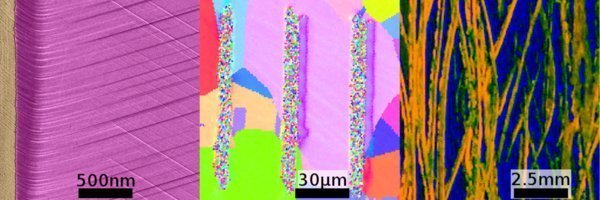
Hydrogen-microstructure interactions in Ferritic alloys at small scale
With the support of DFG, in this project the interaction of H with mechanical, chemical and electrochemical properties in ferritic Fe-based alloys is investigated by the means of in-situ nanoindentation, which can characterize the mechanical behavior of independent features within a material upon the simultaneous charge of H.
Hydrogen embrittlement (HE) has caused severe troubles in steel industrial applications. However, there is still a lack of fundamental understanding and controversy about the specific effects of H and its mechanism of failure in steels.
The sample, which is integrated into different electrochemical set-ups fabricated at MPIE for this purpose, is nanoindented in-situ with and without H charging for comparison. The materials applied in this study are Fe-Cr alloys with compositions similar to the common stainless steels. Large grains, to approach a single crystal upon the indentation investigation, as well as grain boundaries are analyzed to study the H effect on the yield behavior of the material with and without lattice distortions.
Influences of H in deformation mechanism of different microstructural constituents (matrix and in the vicinity of grain boundaries) of ferritic steels are revealed by inspecting the dislocation nucleation and the glide behaviors. The critical resolved shear stress, which indicates to some extent the plasticity mechanism of a material, can be calculated by combining the pop-in loads with orientational information of different constituents. Therefore, in-situ nanoindentation is an alternative to obtain a more profound understanding of HE mechanisms.











